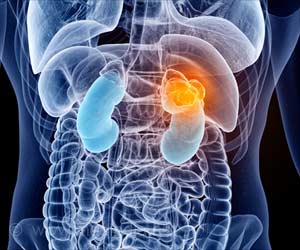Antibiotic resistance is a global health threat. Confering resistance through kinase enzymes could be a new hope to fight against superbugs.

‘Kinase enzymes may confer resistance to macrolide antibiotics. This could help to develop new and improved macrolide antibiotics.’





A discovery seven years in the makingWhile these kinases were known previously to scientists, uncovering precisely how they work at a chemical and structural level was not an easy process. "In 2009 we began cloning and trying to produce large amounts of these enzymes for our studies," explains Dr. Albert Berghuis, Chair of the Department of Biochemistry at McGill University's Faculty of Medicine and the study's senior author.
After over a year of tweaking the process to assemble enough material, the next step was trying to make "kinase" crystals, similar to sugar crystals. These were then irradiated with X-rays at the Canadian Light Source in Saskatoon.
It took an additional three years to generate these crystals and analyze the data from Saskatchewan. "This finally provided us with an atomic view of the kinases and how they bind different macrolide antibiotics," Dr. Berghuis says. Yet this atomic level image was analogous to a picture of a complex machine that incorporates unfamiliar technology, he adds.
The image didn't explain how that machine actually works. As a result, almost three more years were required to figure out how the different parts of the kinase confer resistance to different macrolide antibiotics.
Leveraging this new knowledge in future drug design
The researchers found that the kinase enzymes have an impressive ability to confer resistance to many different macrolide antibiotics -- the two enzymes that were studied in detail are essentially able to confer resistance to all macrolide antibiotics currently in use.
Advertisement
The next steps will be to develop these new and improved macrolide antibiotics --, which Dr. Berghuis estimates will take another two to three years -- and to then test them. But this is only one element needed to combat the growing prevalence of superbugs.
Advertisement
Source-Eurekalert















